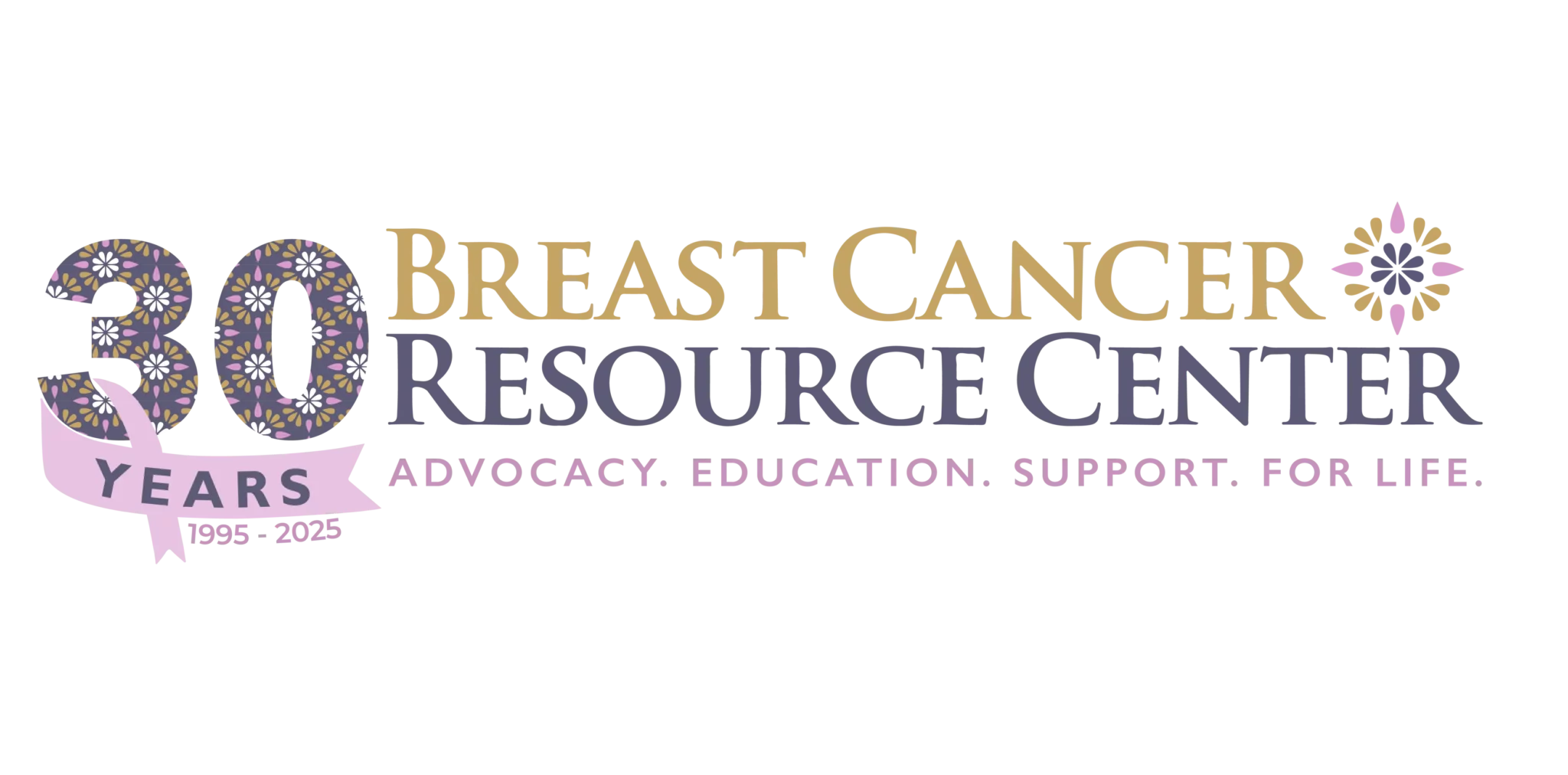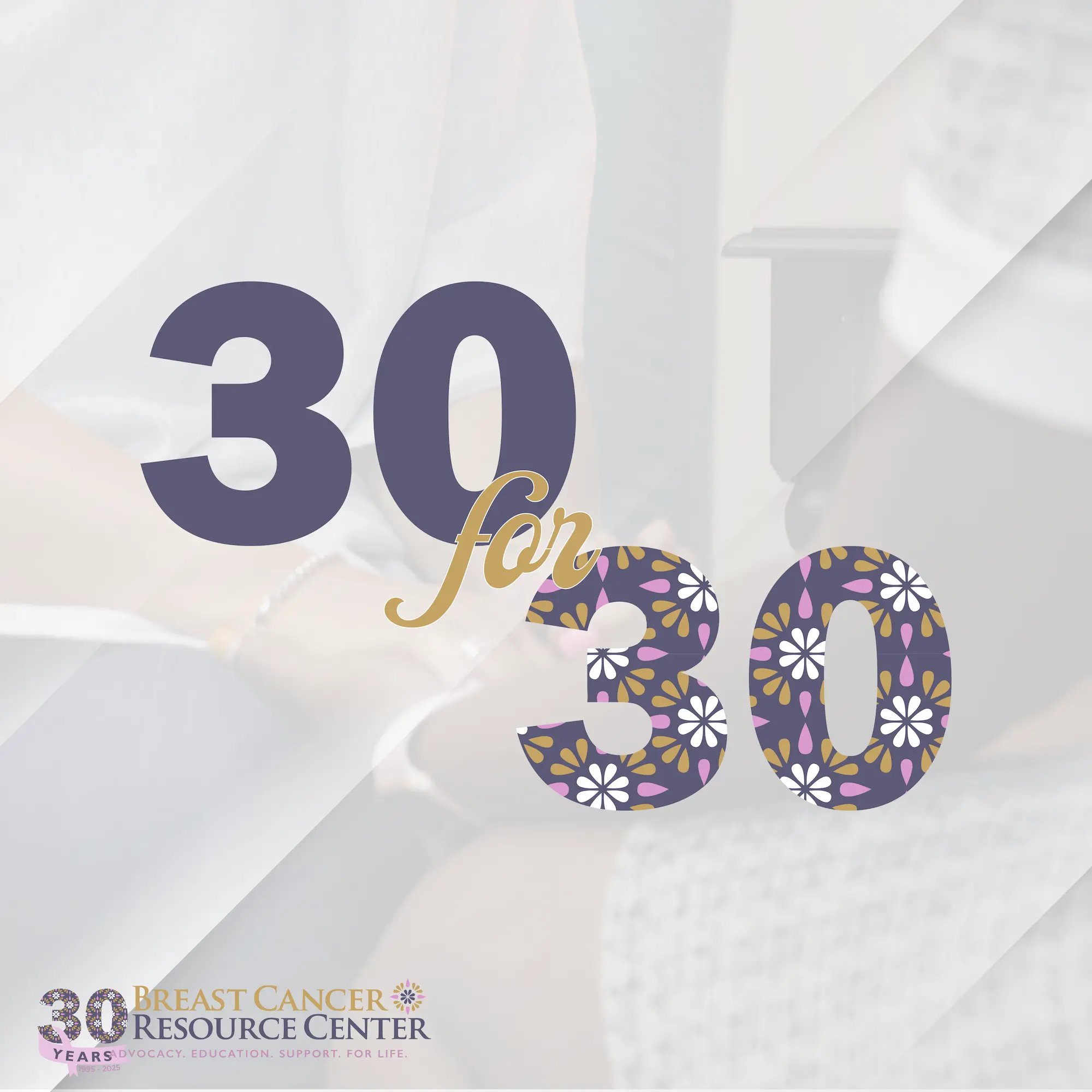By: Teresa Poindexter, PT, CNC at Georgetown Physical Therapy
After treating patients for 20 years, I am deeply concerned about the pain and associated postural deformity that follows some post -surgical breast patients. Postural restoration through myofascial release (medical massage) is needed by most people, but especially those having significant scarring on the front of the body. These scars draw the shoulders forward causing the head and neck to also pull forward. This leads to neck and shoulder aches and pains.
The body is meant to be in alignment. When we live and move in non-optimal alignment, serious orthopedic injuries can occur. Most commonly, I have seen breast cancer survivors develop neck and shoulder impingement. Neck and shoulder impingement can cause shooting pain down the arm and lead to another surgery. Impingement syndromes start with achiness in the neck and shoulders.
Myofascial release is a type of medical massage that is NOT painful. Focus is placed on gently releasing tension along thickenings of fascia and scar tissue. Releasing this tension restores posture and alignment. It also relieves knots and painful areas in all parts of the body.

This diagram shows the fascial lines of tension that are released to restore alignment and reduce pain.

This picture shows the webbing material called fascia that looks like a spider web. This webbing is the connective tissue that holds the body together. Fascial webbing is around every muscle fiber, every muscle group, every organ, nerve and blood vessel. Fascia is a three dimensional continuous web throughout the entire body. Fascia is VERY tough and can exert 2000 pounds per square inch of pressure when restricted. That is why you need a therapist trained in myofascial release to help realign the tissue after surgery.
Tight fascia puts high levels of pressure on pain sensitive structures; squeezing muscles, blood vessels and nerves. In a cascade effect, traumatized and tightened fascia restricts blood flow, which in turn impairs proper cellular metabolism, respiration and the elimination of waste products. Tight fascia restricts lymphatic flow, which poses special danger to cancer patients who are already at risk of lymphedema.
A double mastectomy patient with lymphedema (2 years post-surgery) had this to say: “I am amazed at how much more open my chest feels. I am looking forward to another treatment. I have spent a lot of time dealing with everything-physical and emotional-since my diagnosis and sort of gave up on feeling “normal” again. I can tell after one treatment that I will feel so much better in the future. It is important for breast cancer patients to be informed regarding myofascial issues. I am very impressed that my lymphedema has improved in my left arm since receiving MFR to my neck and chest.”
 Teresa Poindexter, PT, CNC founded Georgetown Physical Therapy, LLC in 2014. With 20 years of clinical practice, she specializes in Pelvic Health Physical Therapy. Teresa is also passionate about restoring postural alignment using myofascial release massage techniques for fast results. This method is extremely useful in decreasing pain and preventing future injury. She also has extensive experience in orthopedics, visceral manipulation, osteoporosis and nutritional therapy. She is a graduate of Northern Arizona University. Her private exercise suite offers an exclusive boutique therapy experience.
Teresa Poindexter, PT, CNC founded Georgetown Physical Therapy, LLC in 2014. With 20 years of clinical practice, she specializes in Pelvic Health Physical Therapy. Teresa is also passionate about restoring postural alignment using myofascial release massage techniques for fast results. This method is extremely useful in decreasing pain and preventing future injury. She also has extensive experience in orthopedics, visceral manipulation, osteoporosis and nutritional therapy. She is a graduate of Northern Arizona University. Her private exercise suite offers an exclusive boutique therapy experience.













